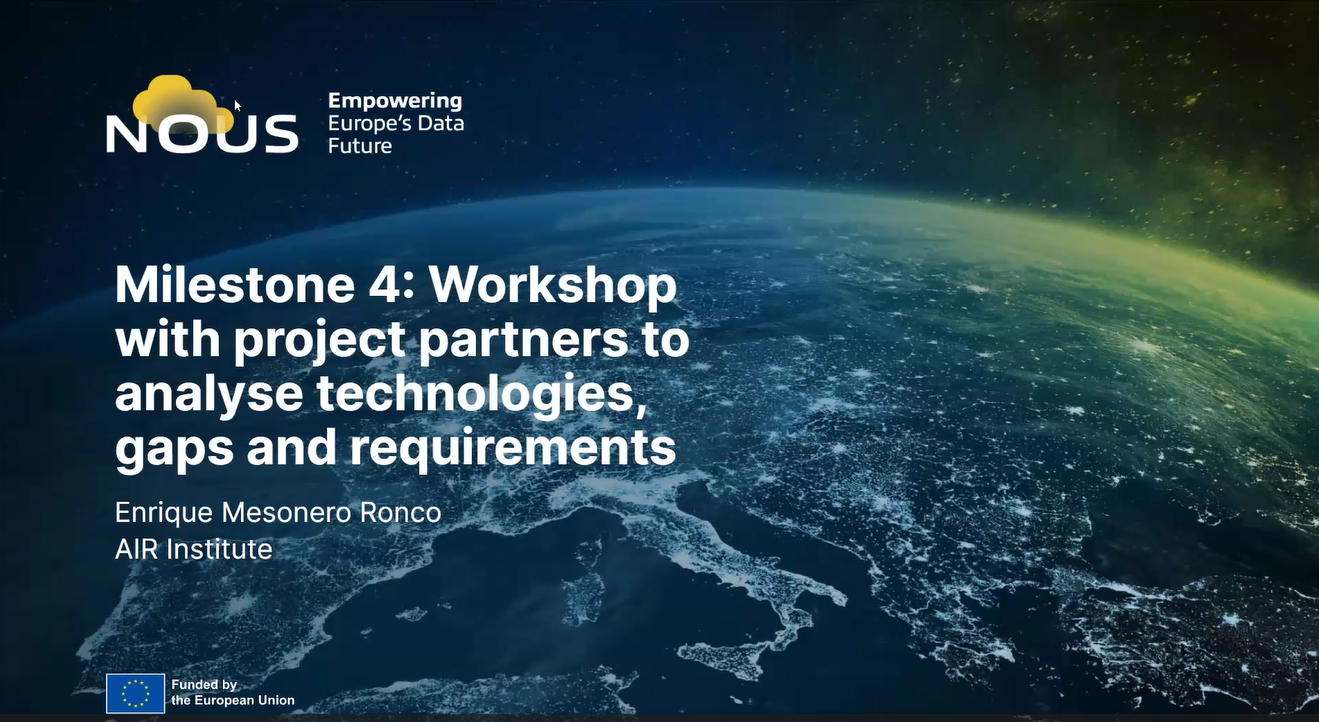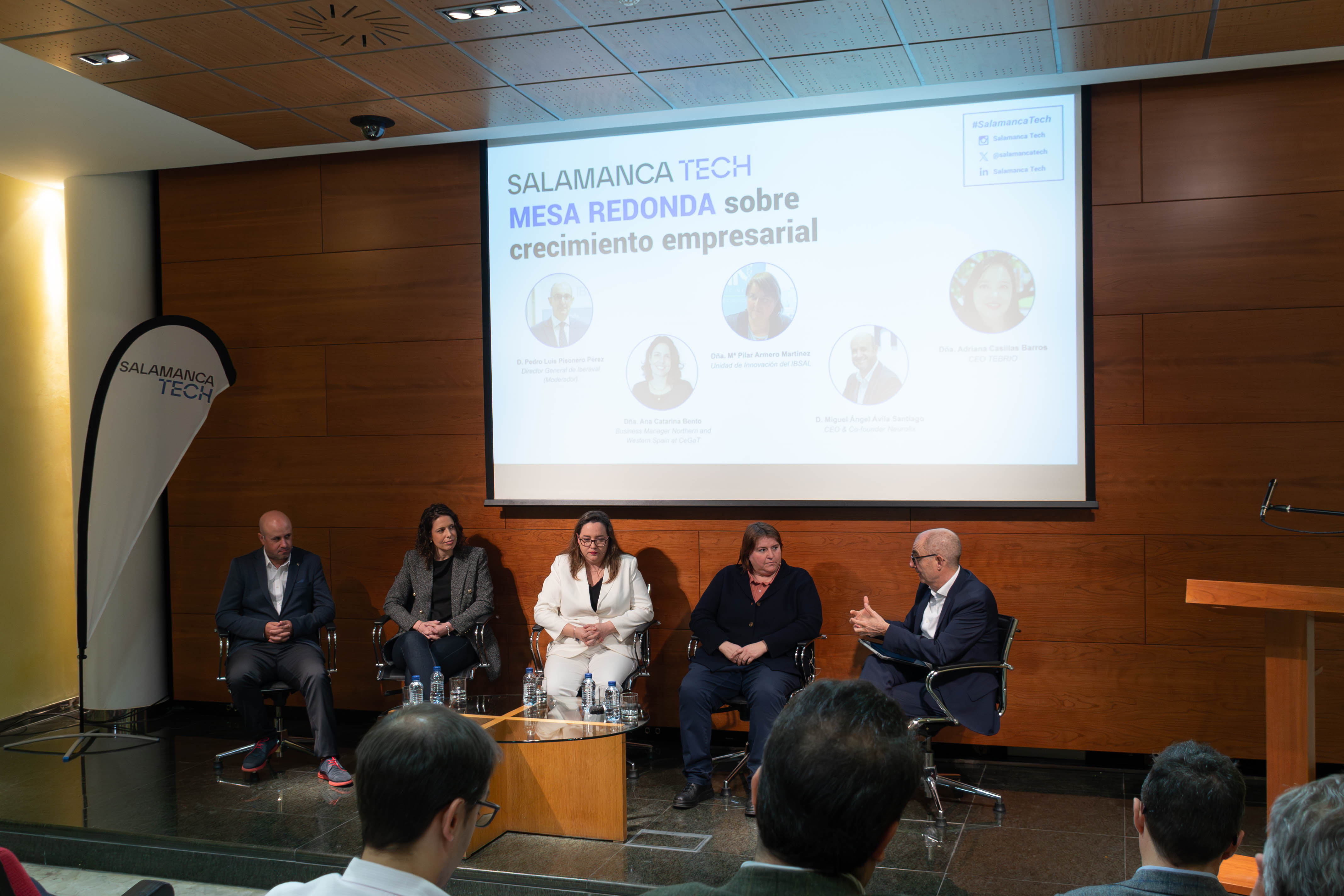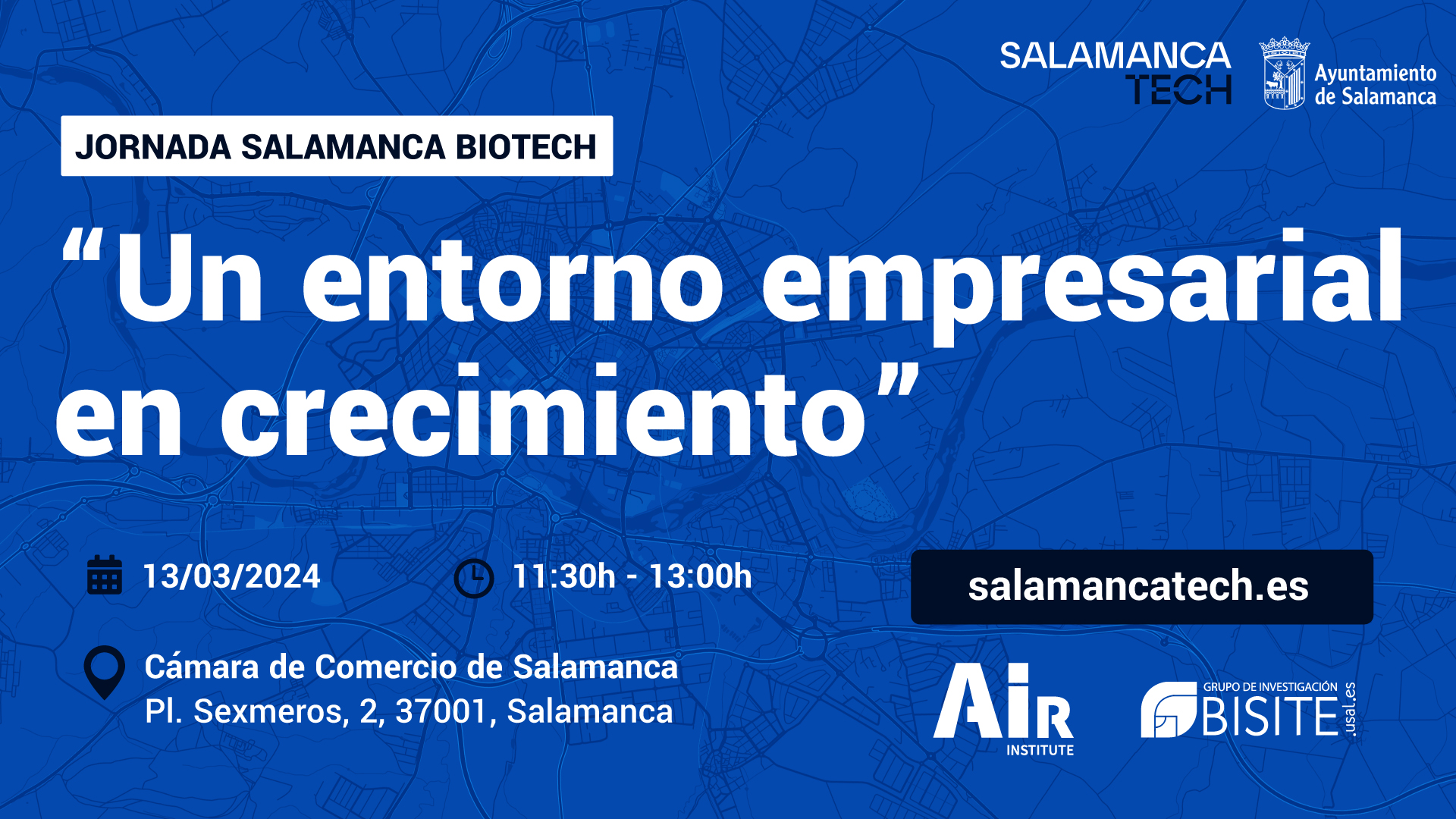Today the workshop on "Distributed Ledger Technologies" took place. It was an insightful workshop on blockchain, conducted by specialists from the BISITE Research Group of the University of Salamanca in the framework of the INNO4CFIS project, an initiative that seeks to modernise and streamline the process of carbon credit trading using innovative digital technologies.
Blockchain technology plays a major role in the INNO4CFIS project, where it will be applied thanks to the experience of the BISITE Group in this field. The tasks include the implementation of green blockchain technologies, the establishment of methods that favour the security and efficiency of transactions, the exchange of carbon credits, the signing of smart contracts and the creation of a certification scheme for carbon credits.

During the introduction of the workshop, a broader spectrum of decentralised technologies and algorithms, essential to understanding the Distributed Ledger Technologies (DLT) ecosystem, was outlined. The relevance of logical clocks, which are fundamental to maintaining a consistent sequence of events in distributed systems where there is no central clock, was explained.
Workshop proceedings
In addition, the workshop examined the problem of "byzantine generals", a concept that is key to understanding how decentralised systems can reach consensus despite the presence of failed or malicious nodes. This problem is particularly relevant in the context of blockchain networks, where trust and security are critical. Additionally, BITTORRENT was discussed as an example of a decentralised file sharing protocol, demonstrating how P2P technologies can work efficiently on a large scale and in untrusted environments. BITTORRENT illustrates the robustness of decentralised networks and how they can effectively distribute resources and data without a centralised server.

These concepts established a solid foundation for participants, allowing them to appreciate the complexity and engineering behind DLTs and how innovations in this field build on established theoretical foundations to create more secure, transparent and decentralised systems.
Bitcoin, Ethereum and DLTs
Bitcoin was used as a prime example to explain the foundations of digital currencies, covering everything from the generation of hashes to the implementation of elliptic curve algorithms, essential elements for the security and integrity of blockchain.
The workshop then delved deeper into Ethereum, examining its distinct functionalities, especially the Ethereum Virtual Machine (EVM), which is central to the execution of smart contracts. These smart contracts are self-executing programs that carry out agreements stored on the blockchain, and are a vital part of Ethereum's infrastructure.
The final part of the workshop included a discussion on green initiatives in blockchain, highlighting how these technologies can be adapted to reduce their environmental impact. Several green projects that aim to improve sustainability in the field of DLTs were mentioned.

Finally, participants had the opportunity to learn about projects of the BISITE research group where blockchain applications are being implemented or investigated in different fields, which provided a practical and close-up perspective on how DLTs are being used to solve real problems and create new business opportunities.




